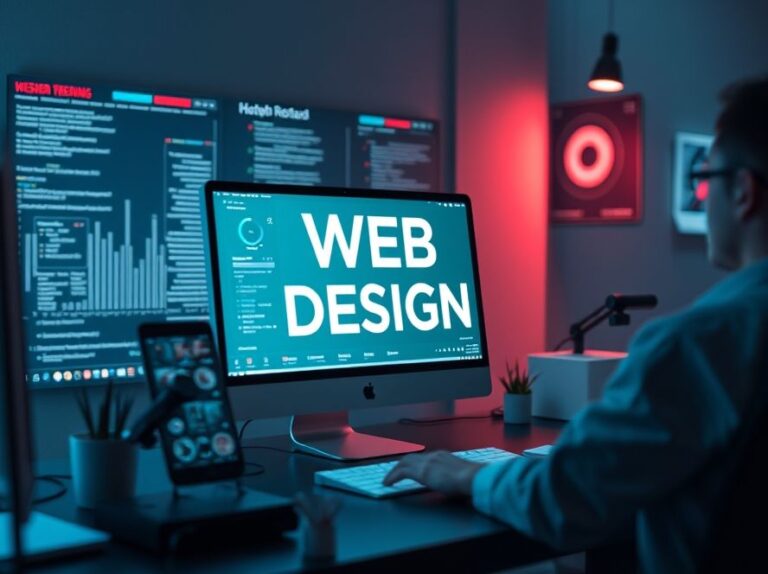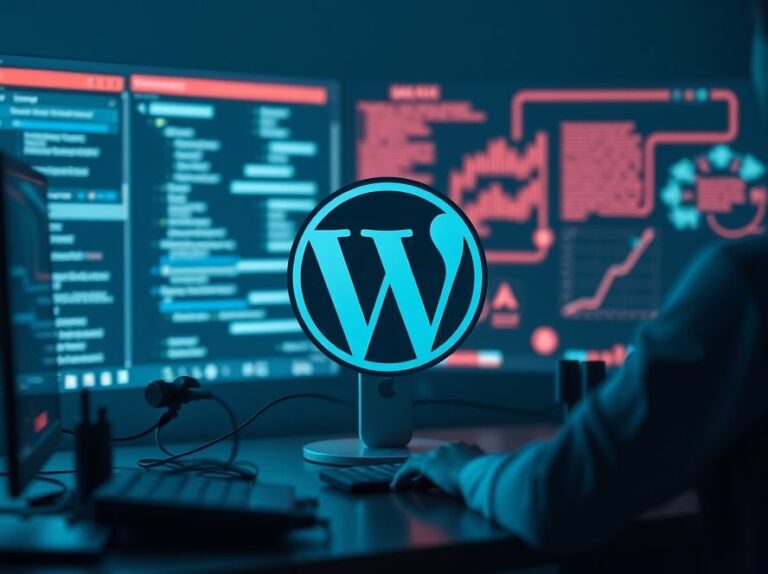Web Development Trends
In today’s fast-paced digital landscape, understanding web development trends is crucial for developers and businesses alike. These trends not only influence how websites are built but also shape user experiences and expectations. This article delves into the latest and most significant trends in web development, exploring their implications and practical applications.
Understanding Web Development Trends
Web development trends refer to the current directions that web technologies and practices are taking. They encompass new programming languages, frameworks, design paradigms, and user experience principles that are gaining traction among developers. As technology evolves, so do the methodologies and tools that developers use, making it essential to stay informed about these shifts.
The Importance of Staying Updated
Being aware of web development trends is vital for several reasons:
- **Competitiveness**: Organizations that adopt the latest technologies can offer superior products and services.
- **User Experience**: Trends often reflect changes in user behavior and preferences, allowing developers to create more engaging and relevant experiences.
- **Efficiency**: New tools and frameworks can streamline the development process, reducing time and resource expenditures.
Key Trends in Web Development
1. Progressive Web Apps (PWAs)
Progressive Web Apps combine the best features of web and mobile applications. They offer offline capabilities, push notifications, and a native app-like experience, making them increasingly popular among developers and users alike.
2. Serverless Architecture
Serverless architecture allows developers to build and run applications without managing servers. This trend reduces operational costs and simplifies scaling, enabling developers to focus on writing code rather than managing infrastructure.
3. Artificial Intelligence and Machine Learning
AI and machine learning are transforming web development by enabling personalized user experiences, chatbots, and advanced data analytics. These technologies help developers create smarter applications that adapt to user behavior.
4. Single Page Applications (SPAs)
SPAs enhance user experience by loading content dynamically without refreshing the entire page. This trend improves performance and provides a seamless experience, making it a popular choice for modern web applications.
Applications of Web Development Trends
Understanding how to apply these trends in real-world scenarios is essential for developers. Here are a few practical applications:
- Building PWAs: Developers can create PWAs using frameworks like Angular or React, ensuring that their applications work seamlessly across devices.
- Implementing Serverless Solutions: By using cloud services like AWS Lambda, developers can create scalable applications without the overhead of managing servers.
- Integrating AI: Developers can use AI APIs to enhance their applications, such as incorporating chatbots for customer service or recommendation engines for e-commerce platforms.
- Creating SPAs: Utilizing frameworks like Vue.js or Svelte, developers can build SPAs that offer fast load times and improved user experiences.
Related Concepts in Web Development
To fully grasp web development trends, it’s important to understand related concepts:
- Responsive Design: Ensures that websites function well on a variety of devices and screen sizes.
- Web Accessibility (a11y): Focuses on making web applications usable for people with disabilities.
- Content Management Systems (CMS): Platforms that simplify the creation and management of digital content.
- Version Control Systems: Tools like Git that help developers manage changes to source code over time.
Conclusion: The Future of Web Development
Staying abreast of web development trends is not just beneficial; it’s essential for developers aiming to create cutting-edge applications. As technologies continue to evolve, so too will the practices and tools that define web development. By embracing these trends and integrating them into daily work, developers can enhance user experiences, streamline processes, and remain competitive in the ever-changing digital landscape.
Reflect and Implement
Now that you are aware of the latest trends, take the time to reflect on how you can implement these practices in your projects. Whether you’re building a new application or updating an existing one, consider how these trends can improve your work and the experience of your users.









